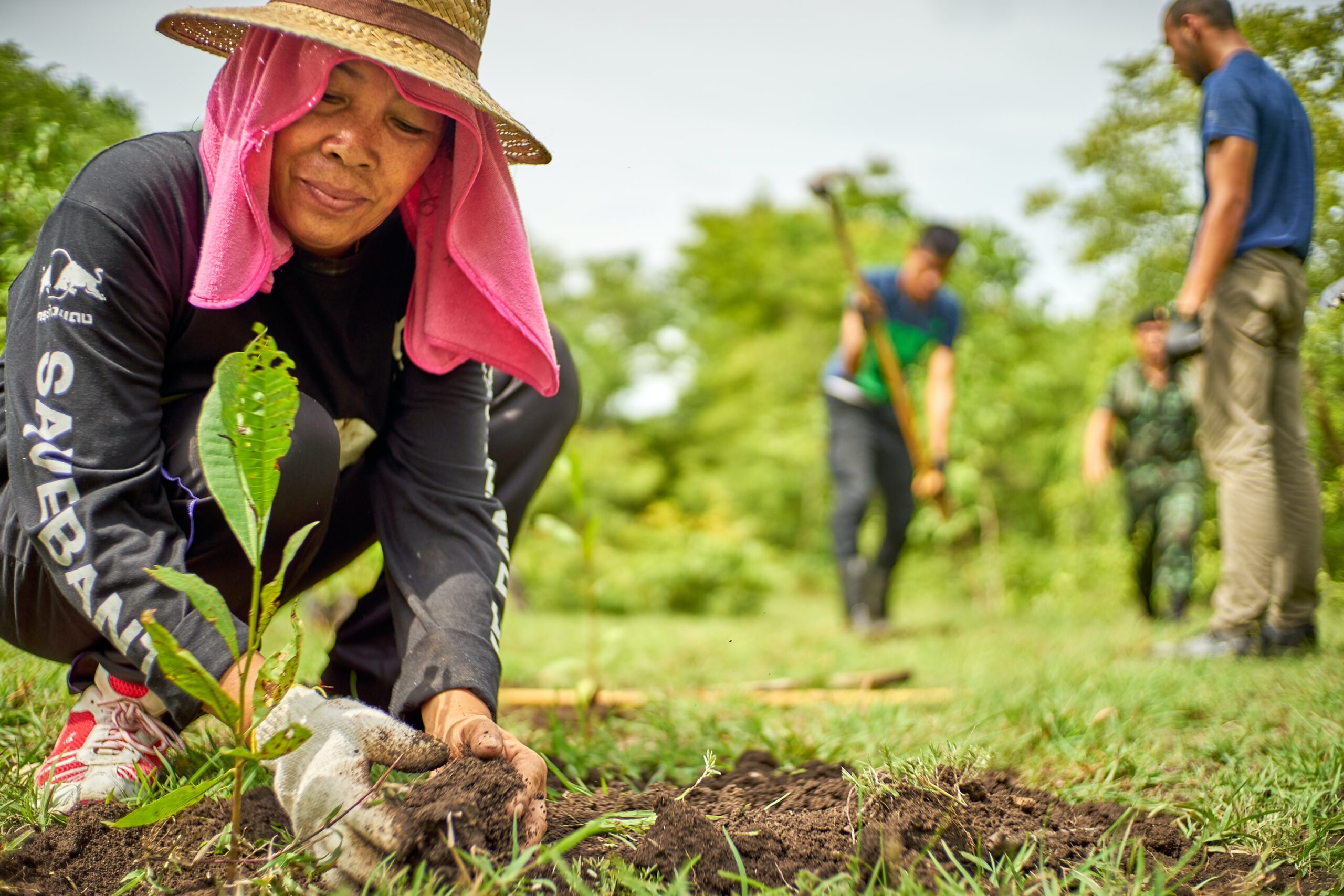Climate change is producing threats to forests’ capacity of regulating water regimes. Therefore, thinning strategies can be applied to mitigate climate change impacts more efficiently by providing more spaces for trees to utilize resources e.g., water and nutrients. This study examined the effects of different thinning intensities and intervals on water characteristics and biomass growth of a 75-year-old Norway spruce (Picea abies) stand in the Black Forest, Germany. Here we used a water and management sensitive update of the process-based forest growth model 3PG, 3PG-Hydro. We applied light (10%), moderate (30%), and heavy thinning (50% intensity) in the interval of 10, 25, and 50 years of the management period. We simulated growth with climate change scenario RCP 8.5 data from 1995 to 2065. We analyzed the effects of the different thinning regimens on biomass, evapotranspiration as well as water yield. Thinning intensity and interval as well as their interaction have significant influence on production of stand biomass and water yield for all thinning regimes applied (p < 0.05). However, there is no significant difference (p > 0.05) in accumulated biomass (thinned biomass added to the stand biomass) between the applied thinning regimes. Light thinning in a long interval (50 years) produced highest stand biomass among the applied thinning regimes. Furthermore, the prediction showed that accumulated water yield increased with increasing thinning intensity. Our study concludes that repeated moderate thinning at intermediate intervals results in a high water yield without losing biomass production.





































































































































































































































































































































































































































































































































































































































































































































































































































































































































































































































